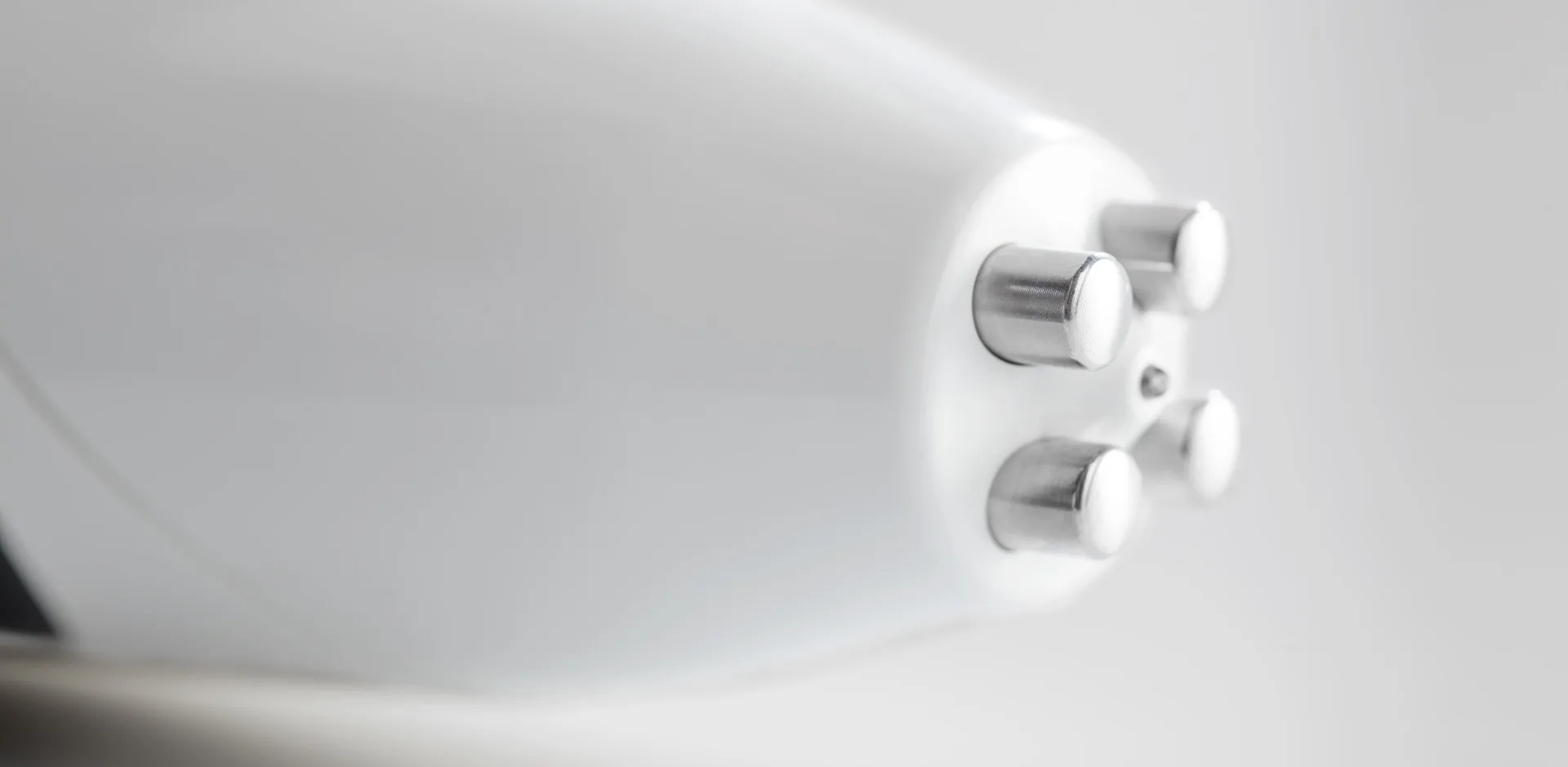Abstract
BACKGROUND:
More aging adults and the social acceptance of aesthetic treatments have increased the demand for minimally invasive aesthetic treatments. Skin resurfacing is very effective at improving aging symptoms, including wrinkles and skin imperfections. Following the negative effects of full skin resurfacing, in addition to a very long downtime, fractional lasers and fractional radiofrequency (RF) technologies were introduced, since gaining popularity. Their efficacy, along with minimal downtime, has enabled an effective and safer treatment. A novel technology based on fractional Hybrid Energy™ (HE), combines RF and an additional electrical energy for enhancing the thermal effect.
OBJECTIVE:
This study evaluated the morphological and histological effects of the new HE technology on epidermal and dermal skin layers, using an ex-vivo human skin model.
METHODS:
Human skin samples were collected and treated ex-vivo with the HE applicator. The effect was evaluated by skin histology and quantitative analysis by assays of collagen fibers, elastin and glycosaminoglycan (GAGs) dosages, reflecting the hyaluronic acid content, in addition to epidermal mitotic index evaluation.
RESULTS:
Histology demonstrated immediate and long-term HE effects on both epidermal and dermal skin layers with a direct correlation between the treatment parameters and effects. Results demonstrated a significant increase of the epidermal mitotic index, significant dermal collagen remodeling and significant increases in both epidermal and dermal GAGs.
CONCLUSIONS:
HE technology significantly affected collagen remodeling and an increase in mid to deep dermis GAGs in addition to epidermal mitotic index, resulting in long term structural and biochemical dermal and epidermal improvement.
Read More >>








